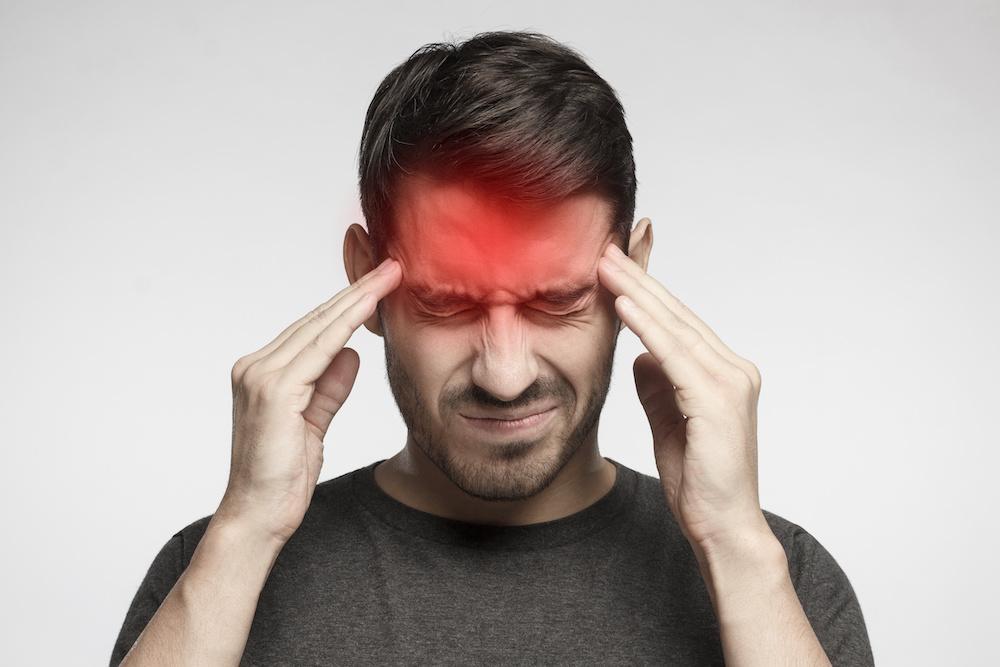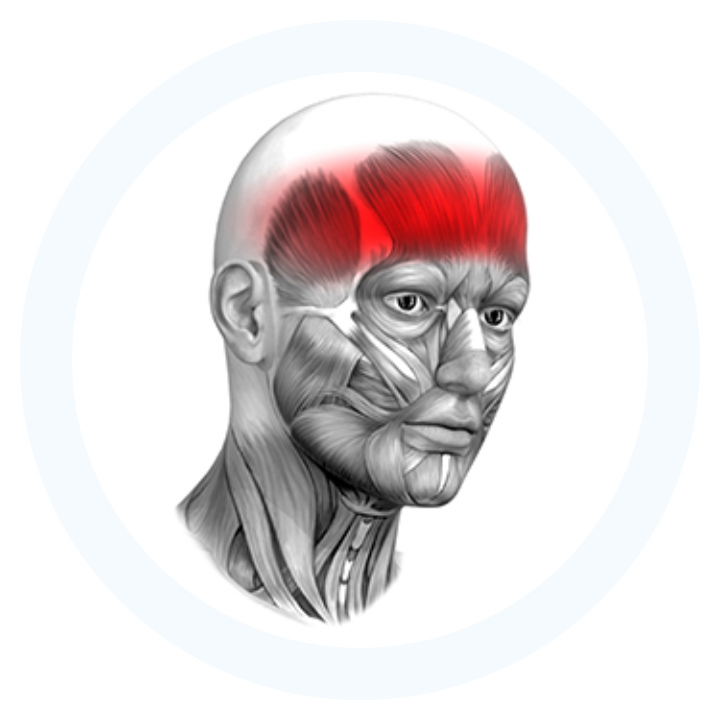Headaches Treatment in San Antonio, Texas


Common Types of Headaches
- Tension Headaches : Tension headaches are the most common type of headache and are often characterized by a dull, aching pain on both sides of the head. They are usually caused by stress, muscle strain, or anxiety.
- Migraine Headaches : Migraines are severe headaches that can cause intense throbbing or pulsing pain, often on one side of the head. They may be accompanied by nausea, vomiting, and sensitivity to light and sound. Triggers can include certain foods, hormonal changes, stress, and sensory stimuli.
- Cluster Headaches : Cluster headaches are intense headaches that occur in cyclical patterns or clusters. They are characterized by severe pain on one side of the head, often around the eye, and can be accompanied by redness, swelling, and nasal congestion on the affected side. These headaches are less common but extremely painful.
- Sinus Headaches : Sinus headaches are associated with sinus infections and cause pain in the forehead, cheeks, and nose. The pain is often accompanied by nasal congestion, fever, and swelling of the face.
- Rebound Headaches : Rebound headaches, also known as medication-overuse headaches, occur when pain relief medications are taken too frequently, leading to more frequent and severe headaches.
Diagnosing Headaches
Diagnosis of headaches involves a thorough medical history and physical examination. Your healthcare provider may ask about the frequency, duration, and characteristics of your headaches. Imaging tests such as CT scans or MRIs may be used to rule out other conditions.

Treatment Options for Headaches
- Botox Injections: Botox injections are used for chronic migraine prevention. Botox works by blocking the release of certain chemicals involved in pain transmission, providing relief from frequent and severe migraines.
- Vyepti Infusion: Vyepti (eptinezumab) is an intravenous infusion therapy used for the prevention of migraines. It is a monoclonal antibody that targets and inhibits the calcitonin gene-related peptide (CGRP) pathway, which is involved in migraine attacks.
- Occipital Nerve Block: Occipital nerve blocks involve the injection of a local anesthetic and steroid near the occipital nerves at the base of the skull. This treatment can provide relief from certain types of headaches, including migraines and cluster headaches.
- Occipital Nerve Pulsed Radiofrequency Ablation: This procedure uses radiofrequency energy to disrupt pain signals from the occipital nerves, providing longer-lasting pain relief for chronic headaches.
- Trigger Point Injection: Trigger point injections involve injecting a local anesthetic into specific points in the muscles of the head, neck, or shoulders to relieve headache pain caused by muscle tension and spasms.
- Cervical Medial Branch Blocks: Medial branch blocks involve injecting an anesthetic near the medial branch nerves that supply the facet joints in the cervical spine. This can help diagnose and relieve headache pain that originates from the neck.
- Cervical Medial Branch Radiofrequency Ablation: This procedure uses radiofrequency energy to heat and destroy the nerves transmitting pain from the facet joints in the cervical spine, providing longer-term relief from headaches related to neck issues.
- Over-the-Counter Pain Relievers: Medications such as ibuprofen, acetaminophen, and aspirin can help relieve mild to moderate headache pain.
- Prescription Medications: For more severe headaches, prescription medications such as triptans, ergotamines, and anti-nausea drugs may be necessary. Preventative medications, including beta-blockers, antidepressants, and anticonvulsants, can help reduce the frequency and severity of migraines.
- Anti-Inflammatory Creams: Topical creams containing anti-inflammatory agents can be applied to the neck and temples to reduce pain and swelling associated with tension headaches and migraines.
- Exercise Programs: Tailored exercises to improve posture, strengthen neck and shoulder muscles, and reduce tension can help prevent and manage headaches.
- Manual Therapy: Techniques such as massage, mobilization, and stretching to relieve muscle tension and improve blood flow, providing relief from tension headaches and migraines.
- Acupuncture: Insertion of fine needles into specific points on the body to relieve pain and promote healing, which can be effective for preventing and treating various types of headaches.
- Chiropractic Care: Spinal and joint adjustments and manipulations to improve alignment and reduce headache frequency and intensity, particularly for headaches related to neck issues.
- Massage Therapy: Techniques to reduce muscle tension, promote relaxation, and alleviate headache pain, especially for tension headaches and migraines.
- Transcutaneous Electrical Nerve Stimulation (TENs) Unit: A device that uses electrical currents to stimulate nerves and reduce pain, which can be helpful for managing chronic headaches.
- Massage Therapy: Techniques to reduce muscle tension, promote relaxation, and alleviate headache pain, especially for tension headaches and migraines.
- Transcutaneous Electrical Nerve Stimulation (TENs) Unit: A device that uses electrical currents to stimulate nerves and reduce pain, which can be helpful for managing chronic headaches.
- Ultrasound Therapy: Use of sound waves to promote tissue healing and reduce inflammation, which can help alleviate headache pain.
- Shockwave Therapy: A non-invasive treatment that uses shockwaves to stimulate healing and reduce pain, which can be beneficial for certain types of chronic headaches.
Interventional Therapies
Medications
Physical Therapy
Alternative Treatments
Conclusion
Headaches can significantly impact your daily life, but with the right approach, they can be effectively managed. Understanding the type and cause of your headaches and working with healthcare professionals to develop a personalized treatment plan can help you find relief and improve your quality of life. If you are struggling with persistent or severe headaches, seek medical advice to explore your options for diagnosis and treatment.
